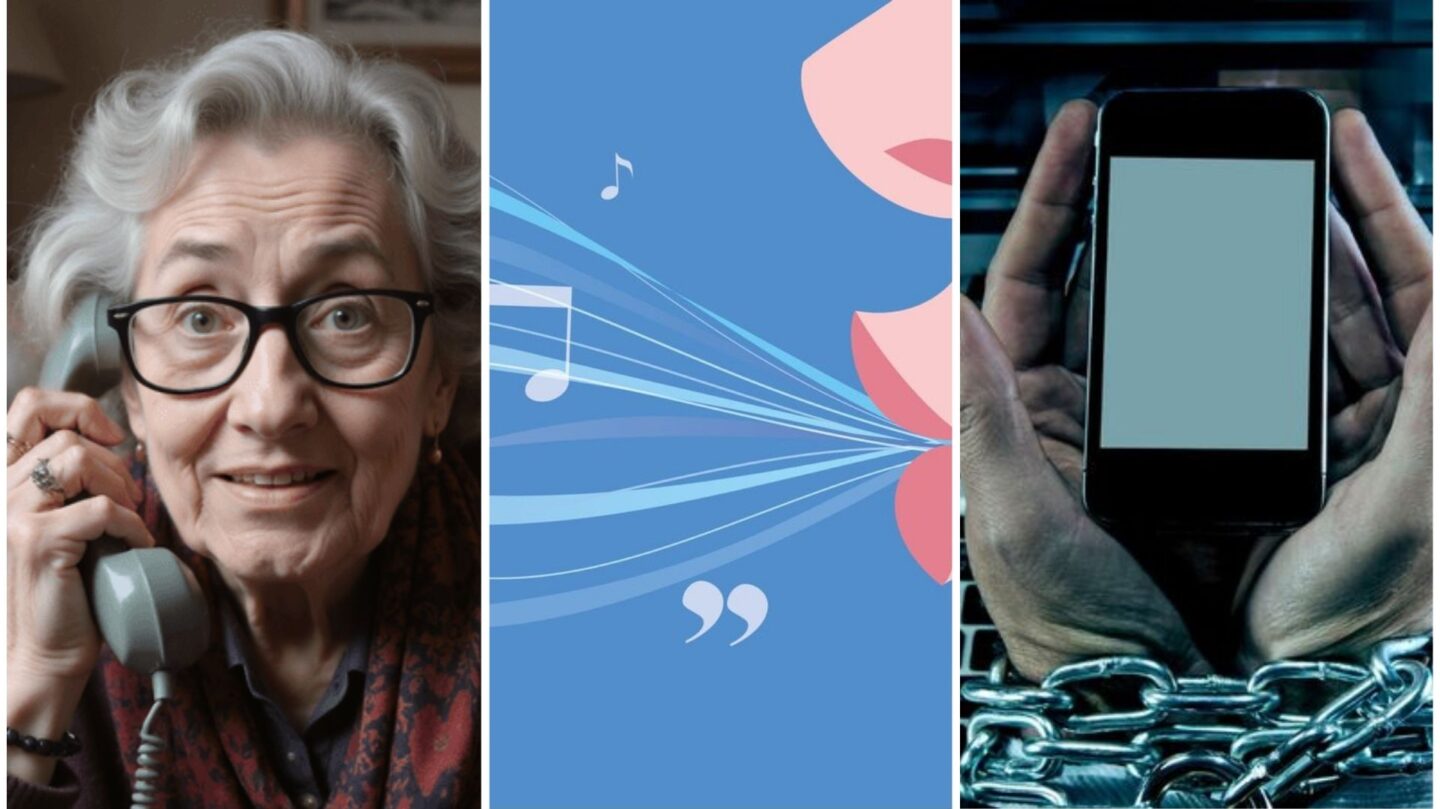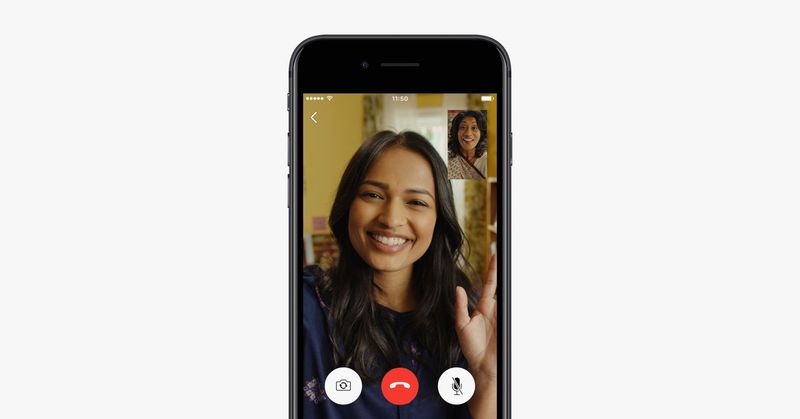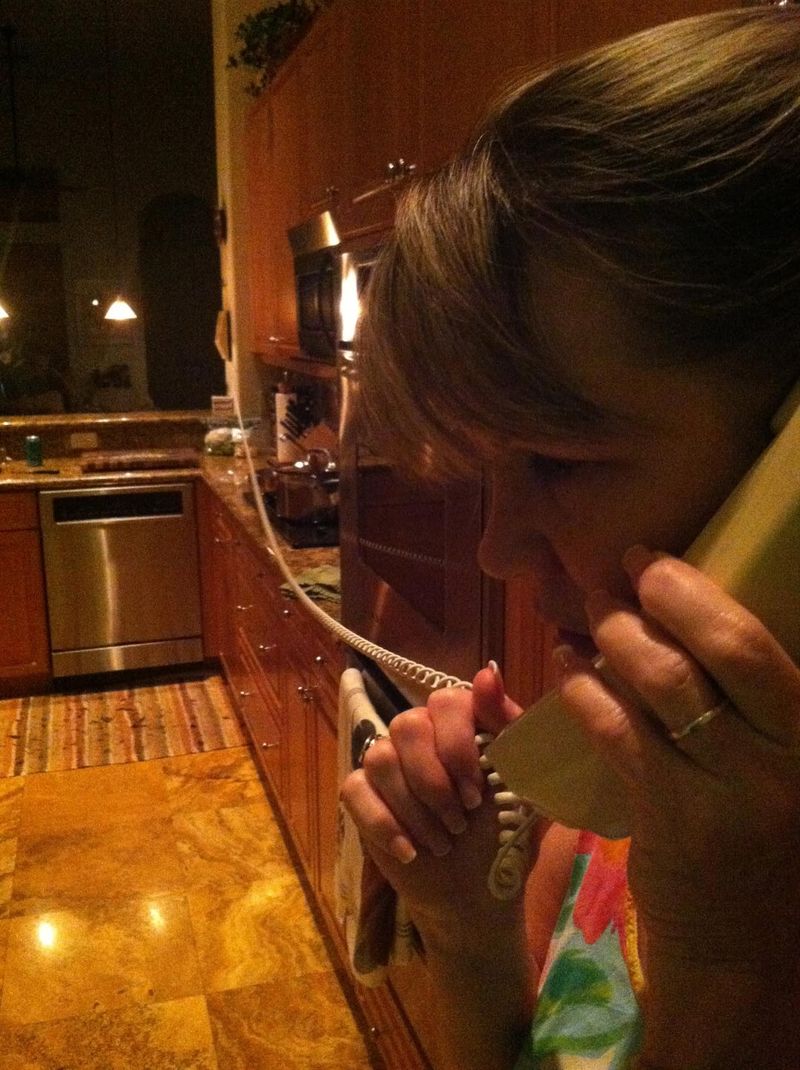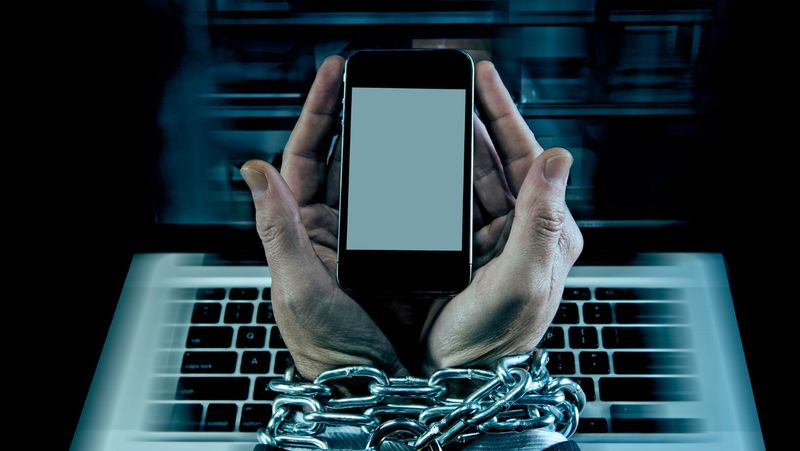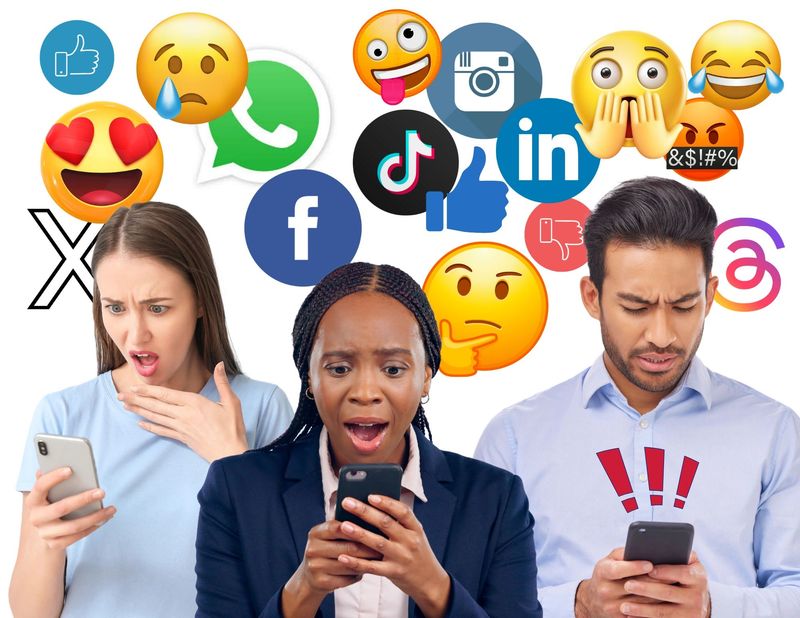The evolution of communication from the 1980s to today has been nothing short of revolutionary. While phone calls in the 80s were limited to audio and often tethered to landlines, today’s video chats offer a visual and dynamic form of interaction. This transformation has not only changed the way we communicate but has also influenced our social behaviors and interactions. In this blog post, we explore the nine key differences between 80s phone calls and today’s video chats, highlighting how technological advancements have reshaped our communication landscape.
Visual Element
In the 80s, phone calls were purely audio, relying heavily on vocal expression to convey emotions. This often led to misunderstandings or required additional explanations to ensure the message was clear.
On the other hand, video chats today offer a visual component, allowing participants to see each other’s facial expressions and body language. This visual element adds depth to the conversation, making communication more intuitive and engaging.
The ability to share real-time visuals has bridged communication gaps, making it easier to connect with people across the globe.
Portability
In the 1980s, phones were mostly stationary, often fixed to a spot in your home. You had to be physically present at the location of the device to make or receive calls, limiting communication to certain areas.
Today’s video chats happen on smartphones and laptops, allowing for unparalleled portability. You can connect with anyone, anywhere, as long as there’s an internet connection.
This mobility has made communication convenient and accessible, transforming how we interact in our personal and professional lives.
Sound Quality
Sound quality in the 80s was often affected by static and interruptions, sometimes making it hard to catch every word. Conversations might require repetition to ensure clarity.
Modern video chats benefit from advanced digital sound processing, offering crystal clear audio. This clarity enhances understanding, allowing conversations to flow without frequent interruptions.
Enhanced sound quality has improved the overall communication experience, making it more enjoyable and efficient.
Privacy Concerns
In the 80s, privacy was often less of a concern because calls were generally made from home or secured locations. The limited mobility restricted the possibilities of eavesdropping.
Today, video chats can occur anywhere, raising concerns about privacy and data security. Users must be vigilant about the spaces they choose for conversations and the platforms they use.
Modern technology offers tools for encryption and secure connections, but it’s crucial to remain informed and cautious.
Connection Stability
Back in the 80s, phone connections were generally stable but limited by physical lines. Issues like crossed lines could occur but were relatively rare.
Today’s video chats depend on internet connectivity, which can be unstable. Dropped connections or signal loss can disrupt conversations, requiring patience and technical troubleshooting.
Improvements in internet infrastructure aim to address these issues, but users still occasionally face connectivity challenges.
Cost of Communication
In the 1980s, making long-distance calls was expensive, often requiring careful budgeting for communication, especially internationally. This limited frequent conversations.
Nowadays, video chatting apps provide free or low-cost options, allowing for extensive and frequent communication worldwide without the concern of high costs.
The affordability of today’s communication tools has democratized access, enabling people to keep in touch regardless of geographic distances.
Group Conversations
In the 80s, a group conversation required everyone to gather around a single phone, making it difficult for everyone to participate equally. Speakerphones were rare and of poor quality.
Today’s video chats support multiple participants from different locations simultaneously. Features like screen sharing and text chat enhance collaboration and participation.
Video chat platforms have revolutionized group interactions, making them more inclusive and dynamic.
Technology Dependency
Using a phone in the 80s was straightforward, requiring no additional skills other than dialing numbers. The simplicity was one of the key features.
Modern video chats require familiarity with technology, internet setup, and application interfaces. This complexity can be a barrier for some, especially the less tech-savvy.
Despite the learning curve, the versatility of modern devices offers a richer communication experience once mastered.
Social Etiquette
Social etiquette during the 80s often involved scheduled calls at specific times. Unannounced calls were considered intrusive, especially during family meals or late nights.
Today’s video chats offer flexibility with instant connectivity, but this has led to new norms in etiquette. Muting microphones and managing background distractions are now part of polite communication.
Adapting to these new social norms ensures respectful and effective video chat interactions.
